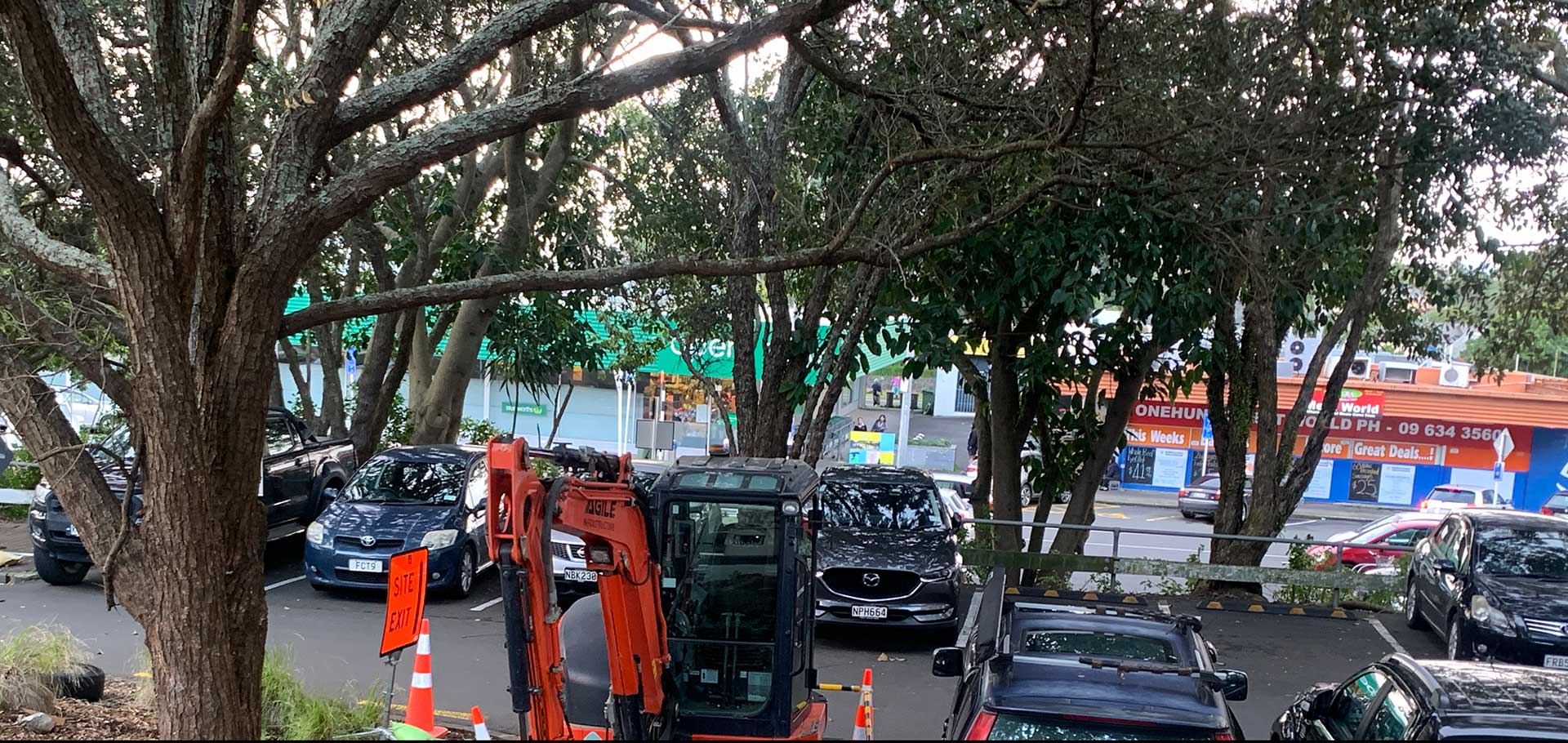Onehunga train changes blindside commuters3 min read
Reading Time: 3 minutesThe Onehunga trains have been terminating at Newmarket for more than a month now to allow City Rail Link (CRL) work at Britomart
When the trains from Onehunga stopped going all the way through to Britomart, many commuters into the city were blindsided about the change. The trains have been terminating at Newmarket for more than a month now to allow City Rail Link (CRL) work at Britomart, with commuters having to change lines to get into the city.
Onehunga Business Association says there was no consultation about the change and they only found out from media reports. Town manager, Amanda Wellgreen, says because of Onehunga’s geographic position in Auckland, it often has regional projects going on around it, which sometimes affect Onehunga adversely. “Things are never for us, but they’re done to us. It is a blow to Onehunga” she says. She is writing to Auckland Transport to voice the OBA’s concerns about the lack of consultation.
Grassroots organisation, The Public Transport Users Associatio,n has launched a Get Onehunga Trains Back To Britomart campaign. Association chair, Niall Robertson, says, “There is a real threat to the Onehunga line long-term but our campaign currently is concentrated on trying to get the service back into Britomart, and this is possible according to many railway workers we have consulted,” he says.
He says it does not align with getting people into public transport either, as any reduction in the quality of a public transport service is highly likely to reflect a reduction in use. “The trip was the perfect coast to coast trip in 24 minutes. That is top class, but now Auckland Transport will prevent access to Britomart until the City Rail Link opens.”
Auckland Transport spokesperson, Blake Crayton-Brown, says the CRL project approached them in May 2021, originally requesting to close two platforms, which Auckland Transport would not agree to. Blake says multiple alternatives for Onehunga were investigated, including using the fourth platform in Britomart for Onehunga services or running the Onehunga Line service along the current Western Line, but none were deemed suitable.
Newmarket Station was chosen as the best place to transfer, for several reasons, including the ease of access for the transfer, which will be across the platform, and the option of changing to Southern and Western Line trains. He says shortening the Onehunga line was the adjustment with the least impact to overall services. “Onehunga Line services have retained a 30-minute frequency to and from Newmarket Station. There will continue to be limited stop service during the peak travel hours to provide a faster service for Onehunga customers,” he says.
Local commuter, Taryn Bodhi, travels from Onehunga to Britomart and back at least three times a week, and says the journey to the city with the added change is fairly smooth, though it’s adding more time to the journey coming home. “In the mornings there is a train within five minutes to take us from Newmarket to Britomart as promised by Auckland Transport. Going home is another story though. If I don’t line it up correctly, I can be waiting at Newmarket for 30 minutes. The other option is the bus, or paying $20 a day for parking in town, battling traffic.”
Another local train user is appalled at the decision, so much so that he has lodged a request under the Local Government Official Information Act, seeking answers about how decisions were made leading up to the change. He is also driving to work again, instead of facing a commute that has gone from 25 minutes to an hour, or more when services are disrupted.
“They have based their decision solely on the number of commuters impacted and they have not assigned any weighting whatsoever to the degree to which the change impacts commuters. They could have chosen any of the East/West/Southern lines and changed these from every 10 minutes to every 15 minutes. This would have impacted slightly more commuters, but the impact would have been far lesser in terms of materiality to the daily commute of those passengers,” he says.



